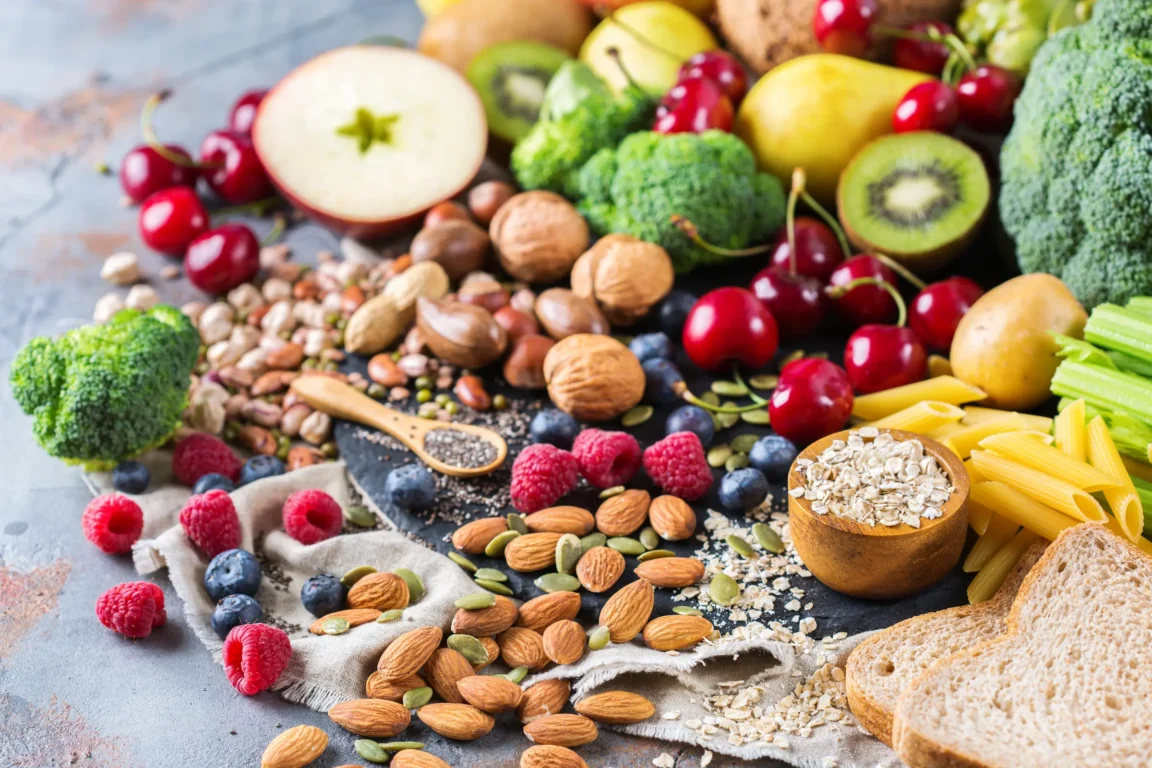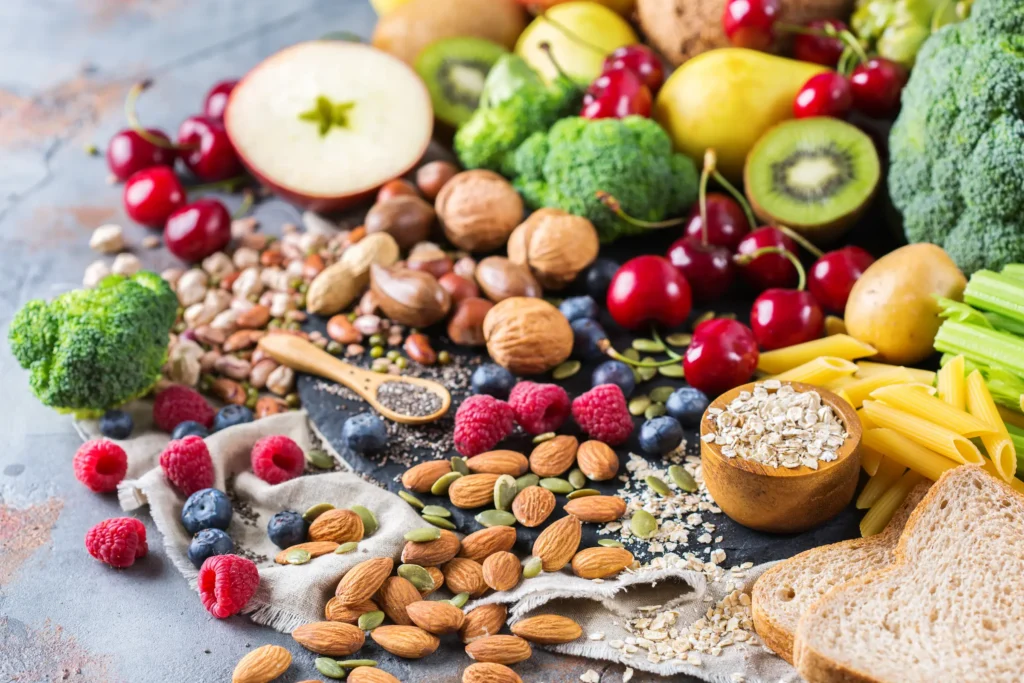Table of Contents
- What is fiber?
- Health benefits of fiber
- How much fiber do you need?
- Affordable high-fiber foods
- High fiber swaps
- High fiber ChooseHomemade recipes
- Tips for Adding More Fiber
Have you heard of superfoods?
Chances are, that buzzword makes you think of expensive supplements, green smoothies, and exotic herbs. However, you don’t need any of these things to consume the best superfood of all. You won’t need to shop at a specialty store to find it, either. It’s available up and down every shelf of your favorite grocery store.
Fiber may not sound exciting, but it is one of the most important parts of a healthy diet. In this blog, we will walk through the importance of fiber and how you can get more of it – without breaking the bank.
What Is Fiber?
Fiber is a type of carbohydrate that our bodies can’t digest. You may wonder how good it could be if your body cannot digest it, but you would be surprised!
Instead of being broken down like other carbs, it stays whole and helps our digestive system run smoothly. Once it reaches the large intestine (where the good bacteria live in our gut), it is digested and broken down by the gut microbiome to produce healthy compounds that could not be made any other way.
There are two types of fiber:
- Soluble fiber – Helps lower cholesterol and control blood sugar.
- Insoluble fiber – Helps with regular bowel movements and keeps our digestive systems healthy.
You don’t need to know the names – just keep in mind that both kinds are good for you and found in the same places. Every plant-based food will contain fiber: think fruits, veggies, and whole grains. Keep this in mind to help you identify foods with fiber.
Health Benefits of Fiber
Here’s why fiber matters so much:
Digestion
Fiber keeps us regular… and by regular, we mean having regular bowel movements. Fiber is a superhero for our digestive tracts: it prevents constipation and keeps our gut clean by acting as a broom to sweep out all the bad stuff.
Fiber for Heart Health
Fiber can lower bad cholesterol and reduce the risk of heart disease, including heart attacks and strokes.

Balance Blood Sugar
Fiber helps balance your blood sugar levels, which is helpful for people with diabetes or prediabetes.
Weight Management
Fiber keeps you feeling full longer, which is great for managing weight without feeling hungry.
Other Benefits of Dietary Fiber
Research shows that other benefits of fiber include:
- Lower risk of cancer
- A longer lifespan
- Lower cholesterol
- Improved gut health
- Lower risk of stroke
- Lower markers of inflammation
How Much Fiber Do You Need?
Most people don’t get enough fiber. Here are the recommendations:
- Women: 25 grams of fiber per day
- Men: 38 grams of fiber per day
You don’t have to count grams of fiber every day. Just know that any increase will be beneficial for your health.
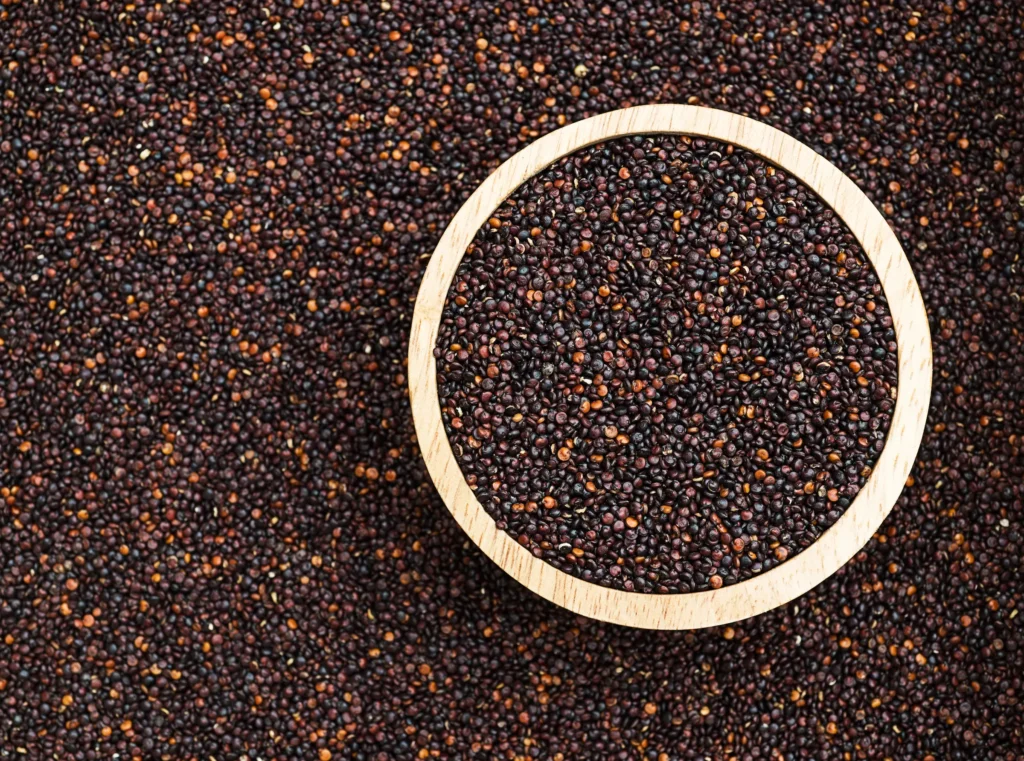
Affordable High Fiber Foods
You don’t need to buy fancy or expensive foods to get more fiber. Here are some easy, affordable high fiber foods:
- Beans and lentils (dry or canned)
- Nuts and seeds
- Whole grain breads and pastas
- Brown rice, wild rice, and oats
- Fresh, frozen, and canned veggies (look for low-sodium varieties)
- Fresh, frozen, and canned fruits (look for no sugar added varieties)
- Popcorn (air-popped)
No need to buy fresh, organic produce to get enough fiber! Frozen/canned fruits and veggies are just as healthy and often cheaper.
Easy, High Fiber Swaps
Let’s take a look at some easy swaps for you to make this week as you start eating more fiber:
- Swap white pasta for whole wheat pasta
- Leave the peel on your fruits and veggies – it’s where most of the fiber is found!
- Swap white rice for brown or wild rice
- Swap all purpose or white flour with whole wheat flour
- Choose high fiber cereals
- Swap white flour tortillas for corn or whole wheat tortillas
- Add beans to your ground beef (bonus – it makes the meat go farther!
- Snack on nuts (like almonds or peanuts)
- Choose whole fruits instead of fruit juice
Pro tip: Focus on your breakfast – there are so many high fiber breakfast options like oatmeal, whole wheat pancakes, avocado toast, and whole grain cereals. Start your day strong with a high fiber breakfast that keeps you full all day long, like this Walnut Oat Apple Crisp!
High Fiber Choose Homemade Recipes
Try our high fiber, Choose Homemade recipes today!
Chicken Enfrijoladas
Fiber per serving: 14 grams
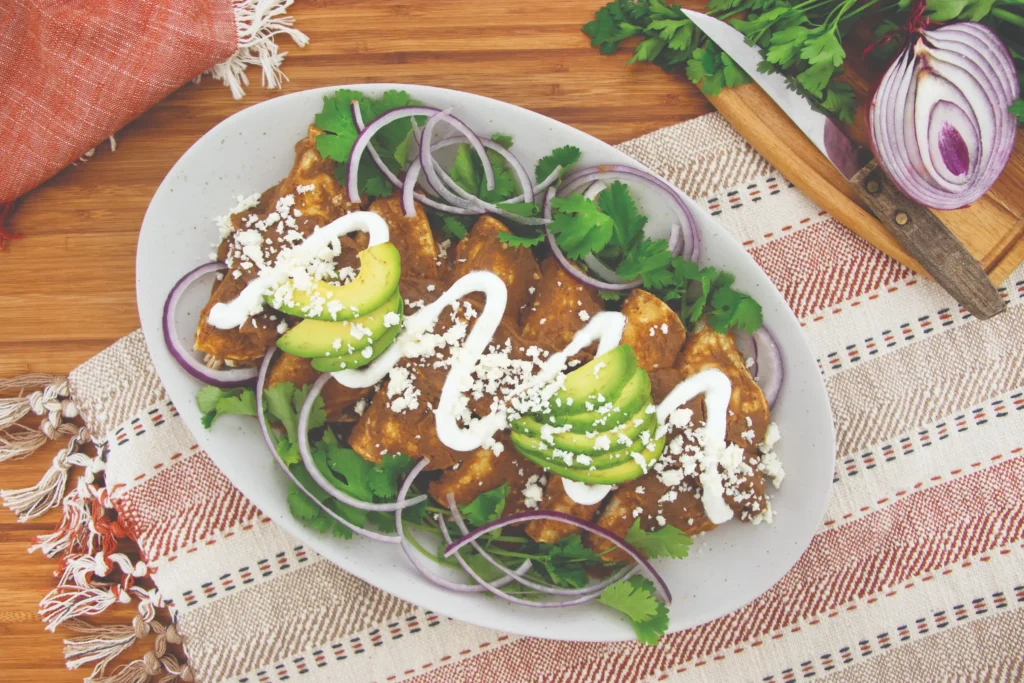
PB & J Oat Bars
Fiber per bar: 3 grams
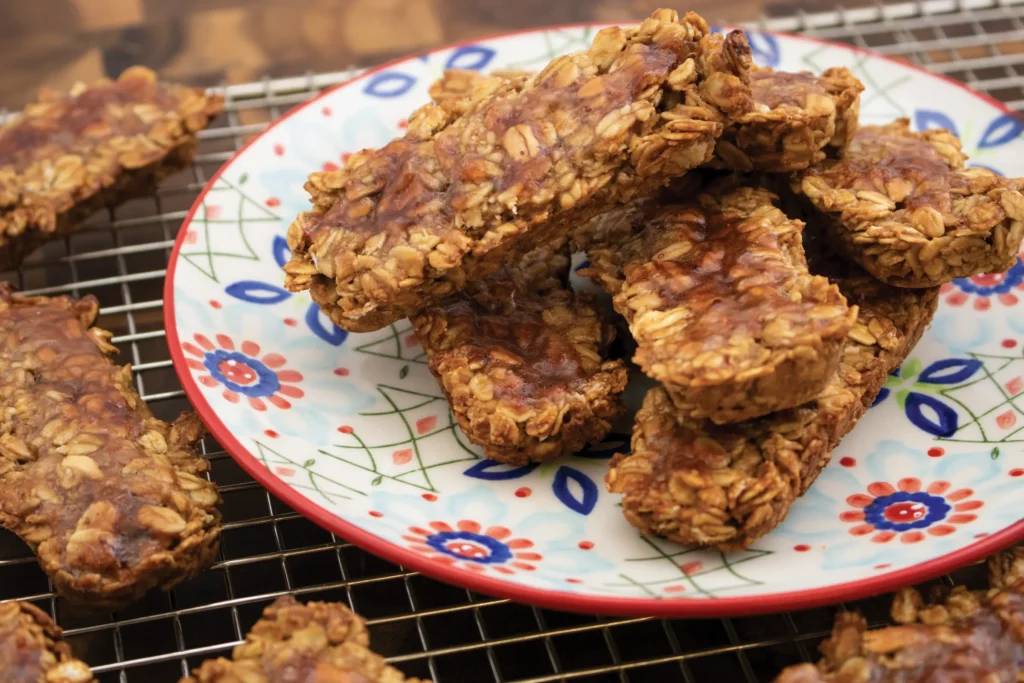
Italian Chicken Bruschetta
Fiber per serving: 8 grams
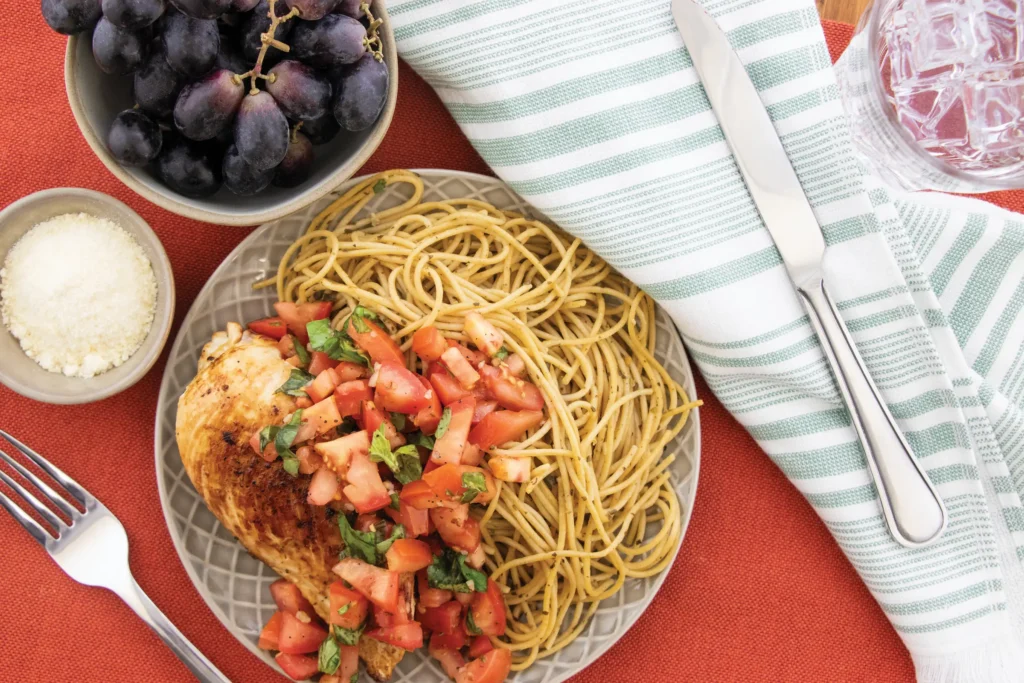
Taco Pasta
Fiber per serving: 14 grams
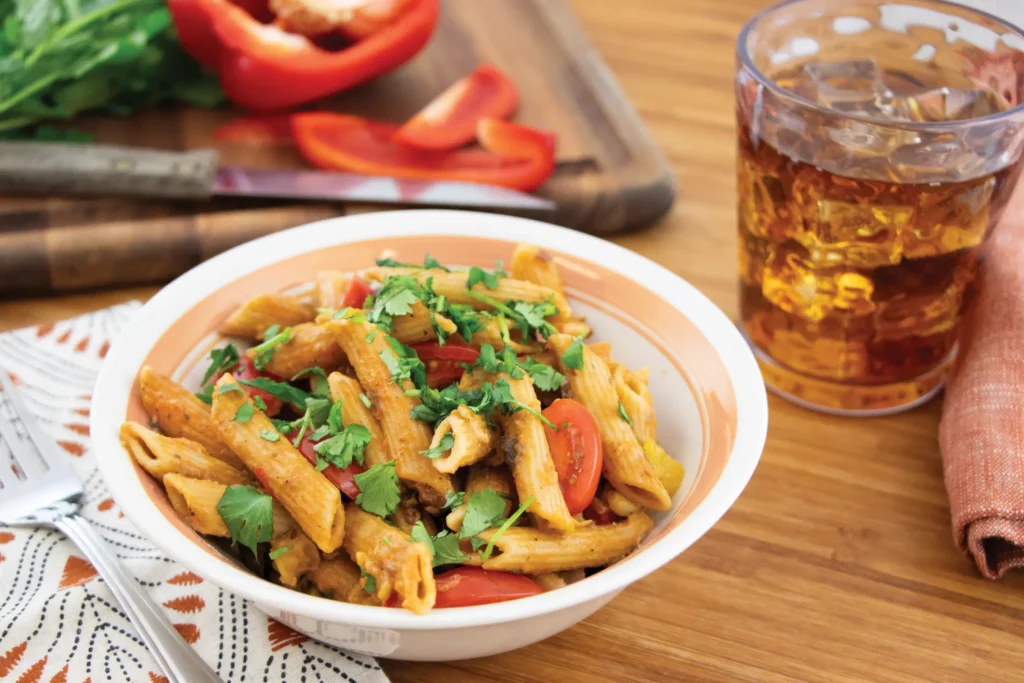
Tips for Adding More Fiber
It’s easy to eat more fiber with a few simple changes:
- Start slow – Adding fiber too quickly may upset your stomach.
- Read the nutrition label – Find fiber on the nutrition label. To learn more, check out our blog Understanding Nutrition Labels.
- Drink water – Increase water along with fiber. Fiber absorbs water as it passes through your body, so it requires water to do its job.
- Add beans – To soups, casseroles, and tacos (even when the recipe doesn’t call for them!).
- Sneak veggies into your meals – To learn more about increasing veggie intake (especially for picky eaters) read our blog Easy Tricks for Getting Kids to Eat More Vegetables.
Conclusion
Adding more fiber to your meals doesn’t have to be hard or expensive. With a few small changes, you can enjoy the many health benefits of fiber (and even save money in the long-run)!
Want more ideas? Browse our Choose Homemade recipes to find fiber-friendly meals that are good for your body and easy on your budget. Check the nutrition labels on the right side of the screen to see how much fiber the recipe has.
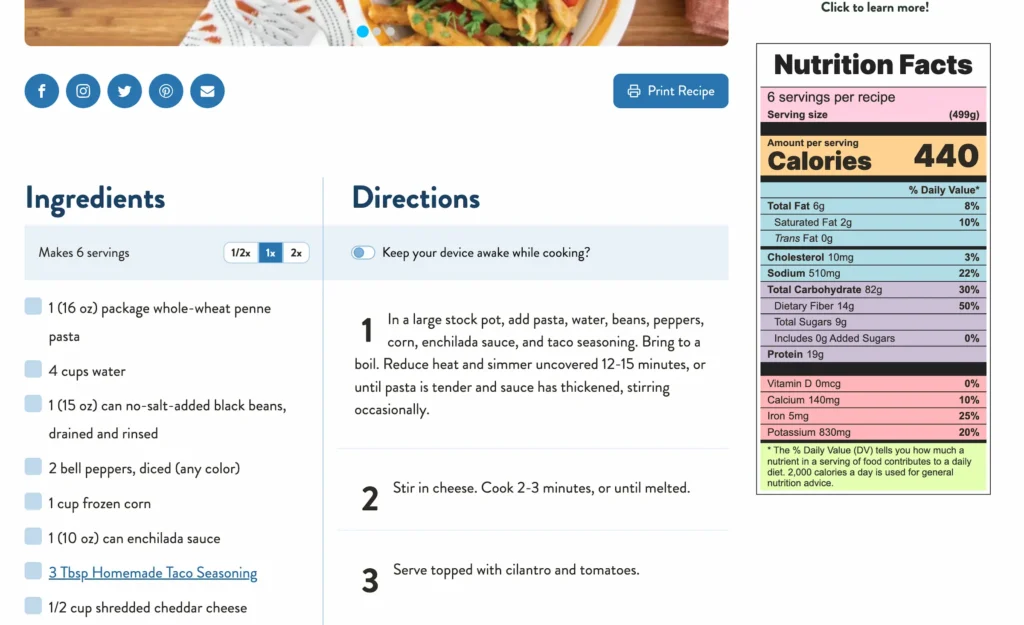
Let’s make the healthy choice the easy choice – one meal at a time!

